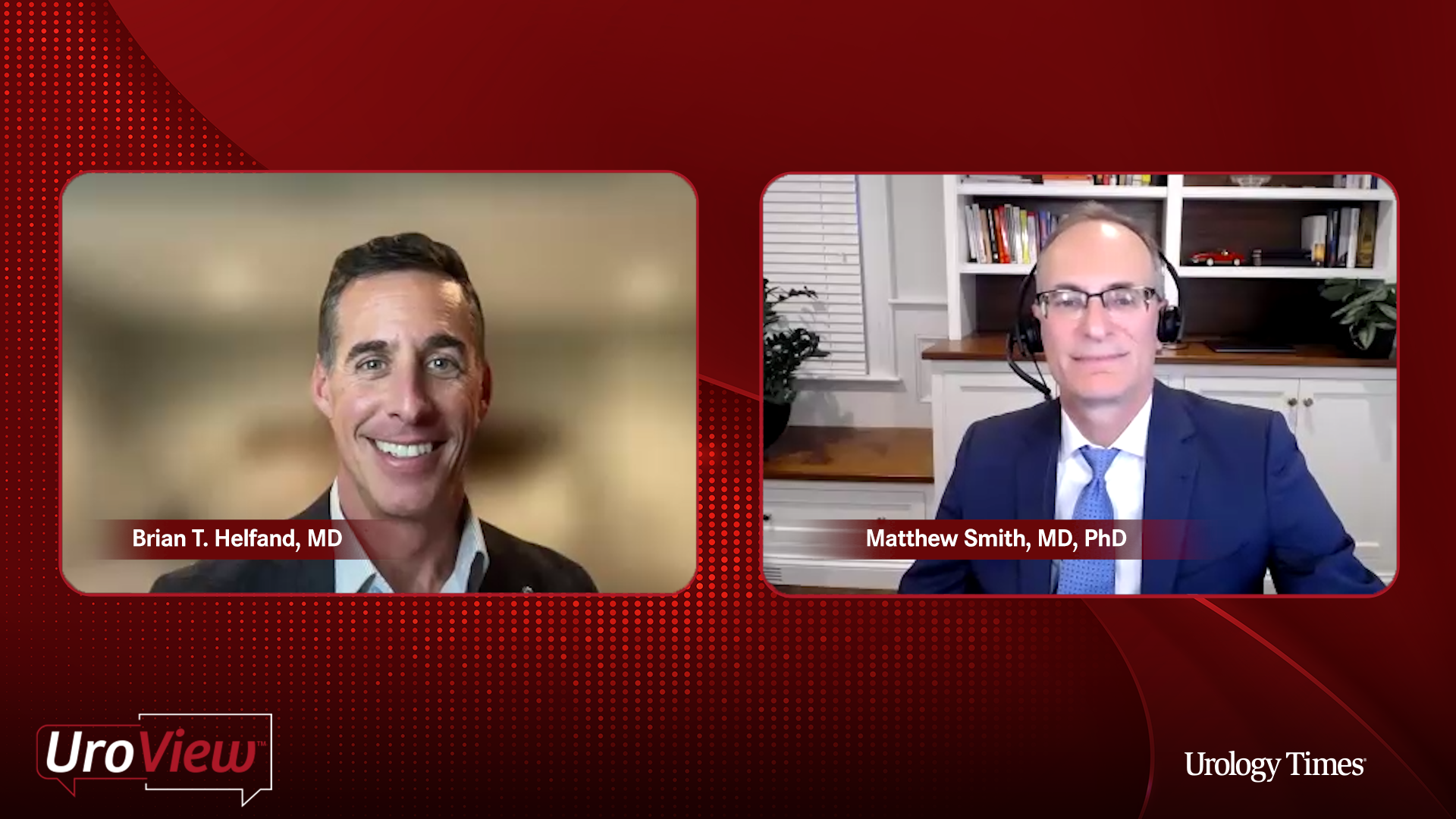Video
Future of Overactive Bladder Treatment
Drs MacDiarmid and Rogers discuss barriers to OAB treatments and therapies on the horizon.
Scott MacDiarmid, MD, FRCPSC: When we think about the OAB [overactive bladder] pathway, I often will say that the barrier to third-line therapies is getting people to move beyond medication, whether it’s apathy, their interest, etc. But the more third-line therapies you have, the more benign and fun and noninvasive, you’re going to attract more people to move beyond medication more often. For instance, 2 of my partners would say when it comes to a couple of the third lines, “Why don’t you just do it?” They can’t wait to be trained. The more we have these kinds of therapies, we have to get more people, other than just folks like you and I who love incontinence, to treat them. It’s 1 step forward. One of my talks is called “Neuromodulation for the Masses,” and this will help get us closer. It’s an imperfect treatment. They all are, but I’m hoping it increases the utilization of all of them and that all the boats will rise at the same time, because we need to help these folks because the drugs aren’t doing it.
Alexandra Rogers, MD: Seventy-five percent [of OAB cases] aren’t managed. We also need to adapt to the heightened level of customer service that is expected, where it’s not just about the efficacy for patients. They want low risk, high return, and they want it to be easy on them, so we need more therapies like that.
Scott, there are more therapies coming out. Do you have any updates about other changes to the overactive bladder menu coming down the pipes?
Scott MacDiarmid, MD, FRCPSC: We need more. There are a lot of tibial nerve stimulators in development, and that’s wonderful, because whether they come out with rechargeable batteries or leads that work well, we need more tools. I have my bias in terms of safety and things in terms of being above the fascia. Long battery lives are important. That’s a general statement that probably most would agree with. In terms of some other treatments I’m involved with, I’ve published on the saphenous nerve, which I hope that we can show with a study that’s going to start soon. I won’t dive into any details. It’s stimulation of the saphenous nerve for overactive bladder, transcutaneously or superficially. If that works out, it’s going to help a lot of patients with home therapy and hopefully drive a lot of the third lines that we’ve talked about today.
Alexandra Rogers, MD: That’s exciting, considering we have patients driving hours to come see us. Or there are some patients who aren’t going to want any incision or implant. Transcutaneous treatments like that would be a tremendous addition, and high up in that pathway.
To our viewing audience, we hope you found this UroView™ discussion to be comprehensive for your needs, and more importantly, helpful for your patients with OAB. Lastly, I want to dedicate this piece to Andrew Shapiro, [MD,] a fellow eCoin investigator taken from us too soon, but we charge ahead for needed change in your memory.
Transcript edited for clarity.




